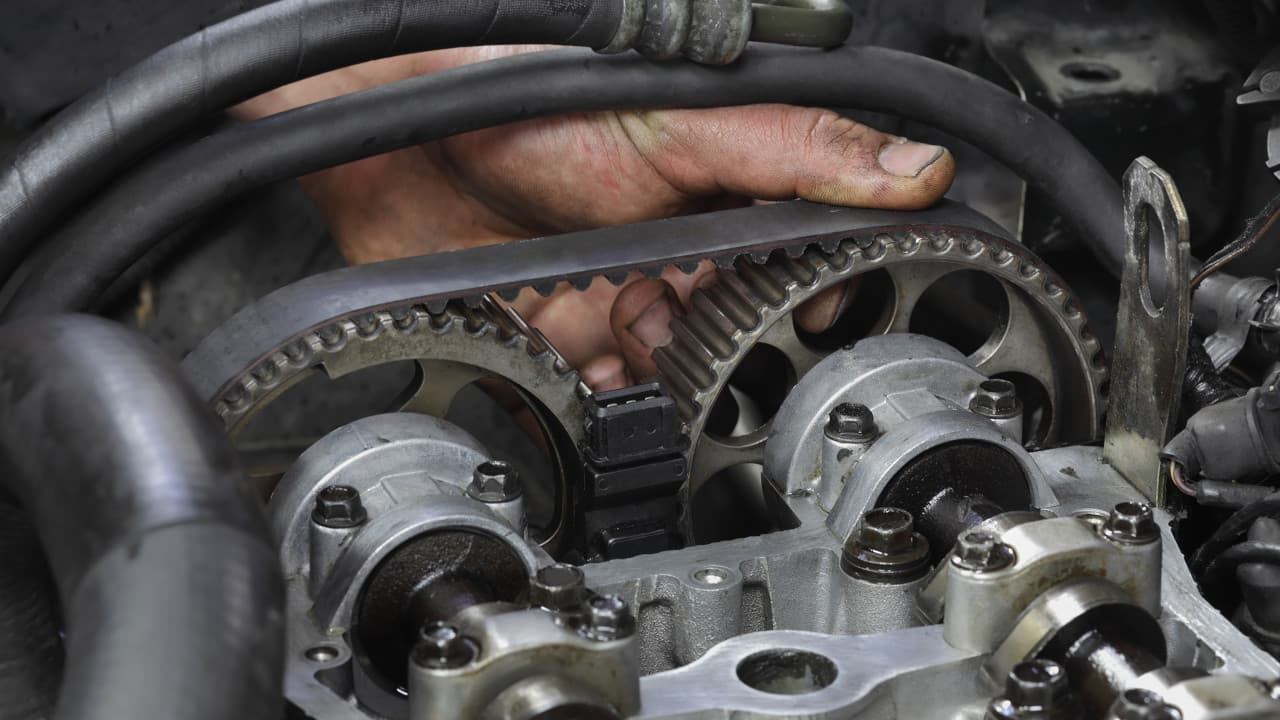- Arabic
- French
- Russian
- Spanish
- Portuguese
- Turkish
- Armenian
- English
- Albanian
- Amharic
- Azerbaijani
- Basque
- Belarusian
- Bengali
- Bosnian
- Bulgarian
- Catalan
- Cebuano
- Corsican
- Croatian
- Czech
- Danish
- Dutch
- Afrikaans
- Esperanto
- Estonian
- Finnish
- Frisian
- Galician
- Georgian
- German
- Greek
- Gujarati
- Haitian Creole
- hausa
- hawaiian
- Hebrew
- Hindi
- Miao
- Hungarian
- Icelandic
- igbo
- Indonesian
- irish
- Italian
- Japanese
- Javanese
- Kannada
- kazakh
- Khmer
- Rwandese
- Korean
- Kurdish
- Kyrgyz
- Lao
- Latin
- Latvian
- Lithuanian
- Luxembourgish
- Macedonian
- Malgashi
- Malay
- Malayalam
- Maltese
- Maori
- Marathi
- Mongolian
- Myanmar
- Nepali
- Norwegian
- Norwegian
- Occitan
- Pashto
- Persian
- Polish
- Punjabi
- Romanian
- Samoan
- Scottish Gaelic
- Serbian
- Sesotho
- Shona
- Sindhi
- Sinhala
- Slovak
- Slovenian
- Somali
- Sundanese
- Swahili
- Swedish
- Tagalog
- Tajik
- Tamil
- Tatar
- Telugu
- Thai
- Turkmen
- Ukrainian
- Urdu
- Uighur
- Uzbek
- Vietnamese
- Welsh
- Bantu
- Yiddish
- Yoruba
- Zulu
Dùbh . 29, 2024 16:03 Back to list
Common Questions and Answers About Timing Belts for Vehicle Maintenance
Timing Belt FAQ Everything You Need to Know
The timing belt is a crucial component of an internal combustion engine, responsible for synchronizing the rotation of the crankshaft and camshaft(s). It ensures that the engine’s valves open and close at the correct times during each cylinder's intake and exhaust strokes. Here, we address some frequently asked questions regarding the timing belt to help you understand its significance, maintenance, and replacement.
What is a Timing Belt?
A timing belt is a rubber belt with high-tensile-strength fibers and teeth that fit tightly into the sprockets of the engine's crankshaft and camshaft. It operates in a closed loop, connecting these two essential components, and is responsible for ensuring that the engine’s valves move in sync with the pistons. This synchronization is vital for the efficient running of the engine.
Why is the Timing Belt Important?
Without a properly functioning timing belt, the engine can suffer catastrophic damage. If the timing belt breaks or slips, the engine’s valves can collide with the pistons, leading to bent valves, damaged pistons, and serious engine failure. Thus, maintaining the integrity of the timing belt is crucial for the overall health of the engine.
When Should I Replace My Timing Belt?
The replacement interval for a timing belt can vary based on the vehicle manufacturer’s recommendations. Generally, it is advised to replace the timing belt every 60,000 to 100,000 miles, depending on the make and model of the vehicle. However, it is essential to consult your owner’s manual for specific recommendations related to your vehicle.
Some signs that your timing belt might need replacement include
- Engine Misfiring If you notice that the engine is misfiring or running roughly, it could indicate an issue with the timing belt. - Unusual Noises A ticking or clicking noise coming from the engine could be a sign that the timing belt or its components are failing. - Oil Leaks If you notice oil leaking near the front of the engine, it could indicate a failing timing belt seal.
What Happens During Timing Belt Replacement?
timing belt faq

Replacing a timing belt involves several steps, including
1. Removing Accessories The technician will first remove any accessories, such as the alternator, power steering pump, and air conditioning compressor, that may obstruct access to the timing belt. 2. Removing the Old Belt The old belt is carefully removed, often accompanied by replacing any associated components like tensioners and idler pulleys to ensure optimal performance.
3. Installing the New Belt The new timing belt is installed with precise tension to prevent slipping. Proper alignment is critical to ensure that the engine runs smoothly.
4. Reassembling the Engine Finally, the engine components and accessories are reassembled, and the vehicle is tested to ensure everything is functioning correctly.
Can I Drive with a Bad Timing Belt?
Driving with a worn or damaged timing belt is extremely risky. While minor issues might not cause immediate failure, the longer you drive with a defective belt, the higher the chance of a catastrophic failure. If you suspect that your timing belt may be damaged or near the end of its lifespan, it’s best to have it inspected by a qualified mechanic.
Is Timing Belt Replacement Expensive?
The cost of replacing a timing belt can vary significantly based on the vehicle model, labor costs, and whether additional components are also replaced during the service. On average, you might expect to pay between $500 to $1,000 for a timing belt replacement. While this might seem expensive upfront, it’s far less costly than repairing a damaged engine due to timing belt failure.
Conclusion
Understanding the timing belt, its functions, and maintenance requirements is crucial for vehicle owners. Regular inspections and adhering to replacement guidelines can prevent costly repairs and ensure your vehicle runs smoothly. Always refer to your vehicle’s manual for specific maintenance schedules and consult with a professional mechanic for any concerns regarding your timing belt. By staying informed, you can ensure the longevity and efficiency of your engine for years to come.
-
Korean Auto Parts Timing Belt 24312-37500 For Hyundai/Kia
NewsMar.07,2025
-
7PK2300 90916-T2024 RIBBED BELT POLY V BELT PK BELT
NewsMar.07,2025
-
Chinese Auto Belt Factory 310-2M-22 For BMW/Mercedes-Benz
NewsMar.07,2025
-
Chinese Auto Belt Factory 310-2M-22 For BMW/Mercedes-Benz
NewsMar.07,2025
-
90916-02660 PK Belt 6PK1680 For Toyota
NewsMar.07,2025
-
drive belt serpentine belt
NewsMar.07,2025

